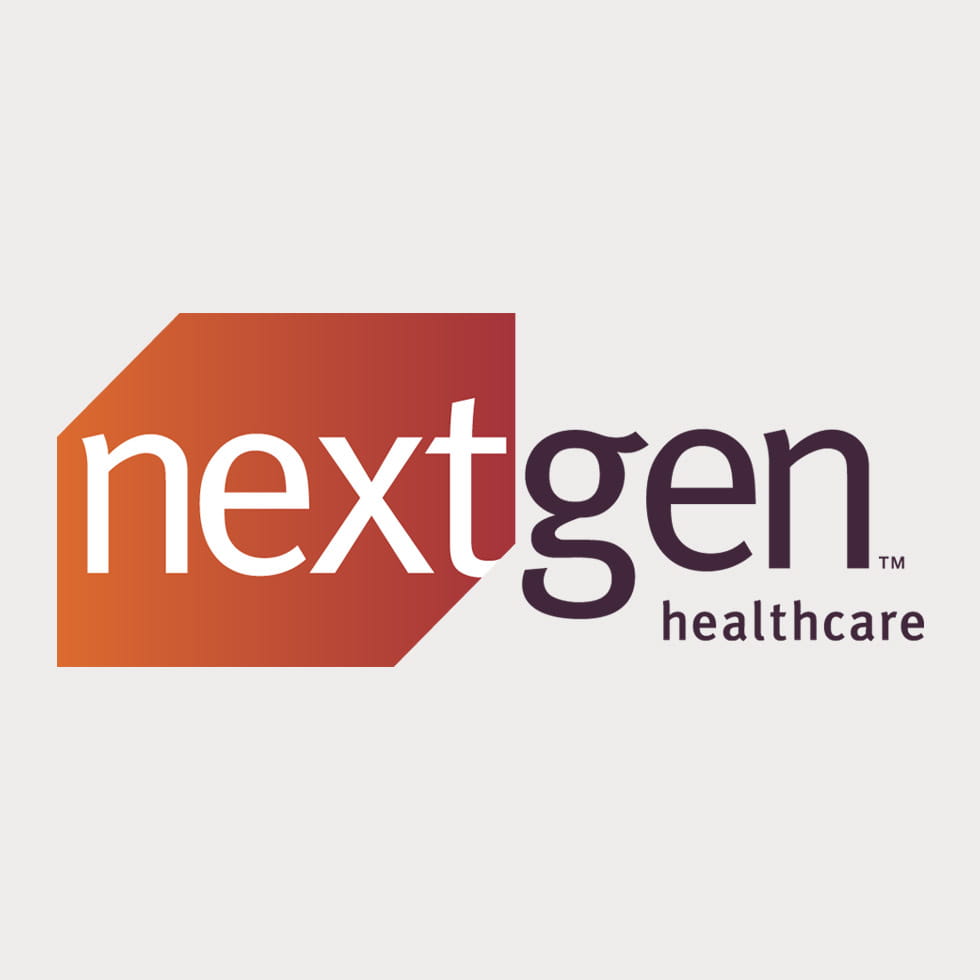As we continue along the revenue cycle journey, it's now your last chance to prevent a denial before you submit your claim for payment. Understanding how the clearinghouse works and how it fits into the claims process helps ensure your claim isn’t rejected later by insurance payers.
What is a Claims Clearinghouse?
A claims clearinghouse acts as an intermediary between your practice and third-party payers. The 837 file you generated during claims submission gets uploaded to a computer platform and the clearinghouse performs its own series of edits. After this review, the clearinghouse forwards your claims information to insurance payers. Hear how ambulatory healthcare professionals successfully implemented RCM solutions and claims processing software.
Why is the clearinghouse vital to the claims process?
Clearinghouse edits present a last opportunity to ensure the integrity of a claim before it gets to the payer—and prevent a denial. If the clearinghouse finds a problem with your claim, they will reject it. Although a rejection from a clearinghouse doesn’t have the same impact as a denial from an insurance payer, these rejections should be minimized.
To reduce clearinghouse rejections, be conscientious about scrubbing claims and correcting errors in charges—especially errors that repeat themselves.
Keep these reminders on hand to prevent your claim from being denied
Understand reasons for clearinghouse rejections
Be aware of seasonal trends that may affect the number of claims coming back from the clearinghouse. For example, January can be a challenging month for coders and billers because payers tend to make coding changes in the new year. These changes can trigger an unusually high number of clearinghouse edits.Address clearinghouse rejections
Clearinghouse rejections should be handled as soon as possible. Many practices have a policy that most clearinghouse rejections will be addressed within 24 hours.Remember that the cleaner your medical billing claim is, the more likely it will get approved on the first submission. Because claims are processed in large batches which they normally are, the more time will be saved the more accurate the claims are.
Our next blog of the revenue cycle journey series will explore payer adjudication which is the next stop for the claim following the clearinghouse.
To learn more about clean claim submission process, click here to read 10 Tips for Better Medical Billing and Practice Management.





